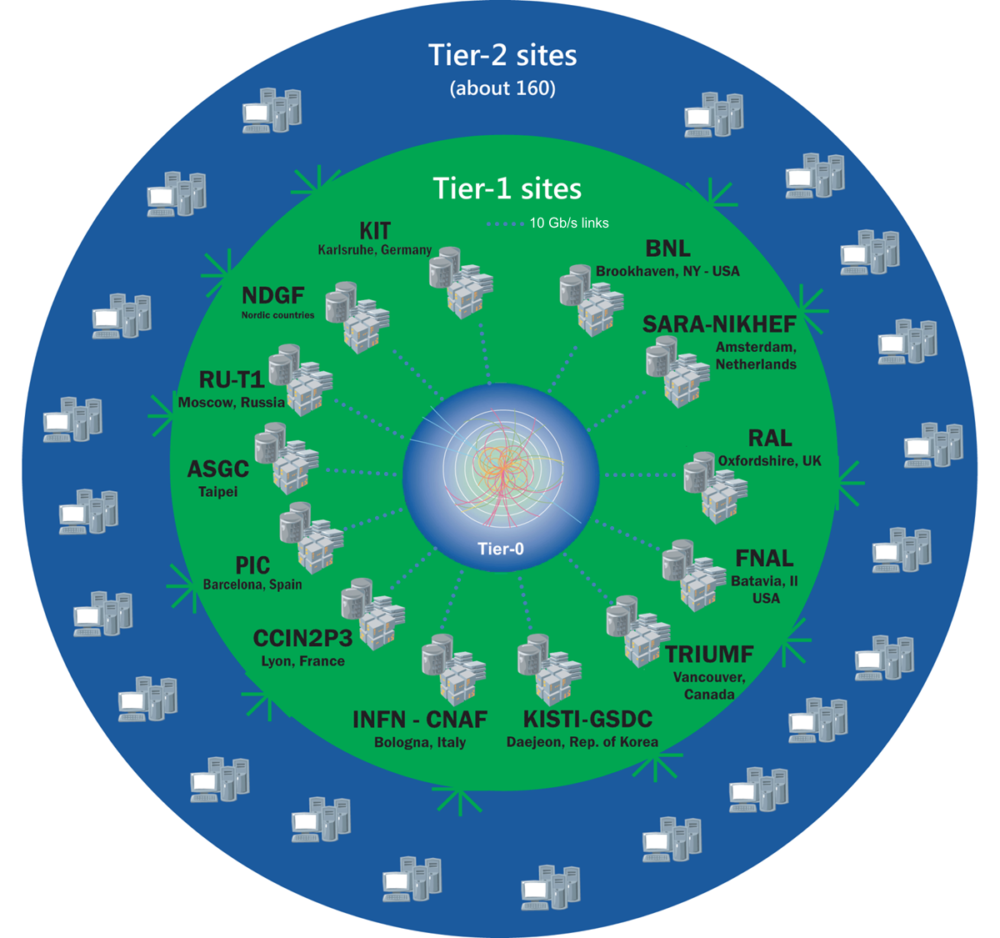Tuesday 27 September
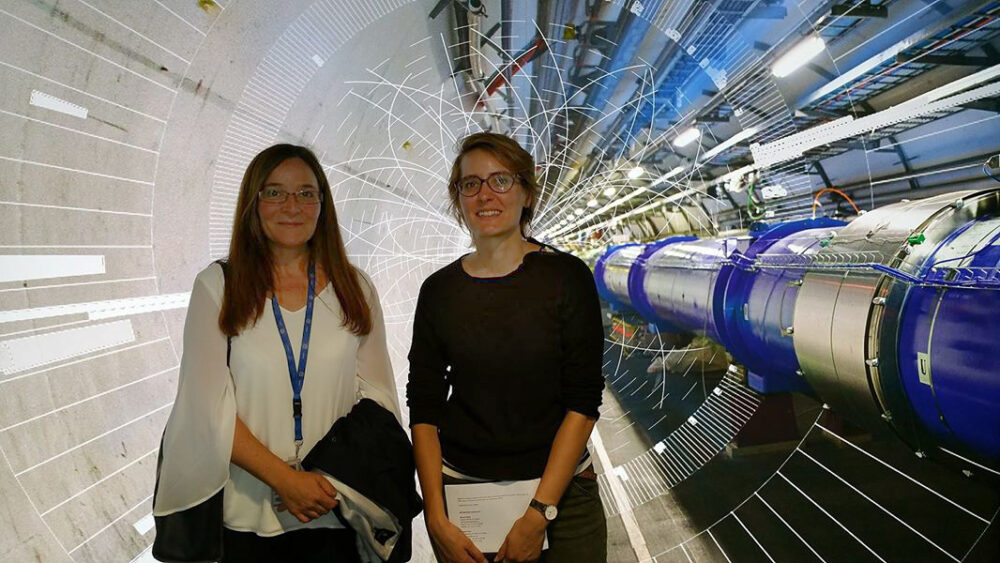
Welcome : Julian Calo A brief introduction towhat is CERN and how it works, including the ARTS AT CERN programme
Intro to CERN : Steve Goldfarb Steve has worked on all aspects of experimental particle physics, from detector construction and integration to database and software development, physics analysis, and finally the presentation of results to his colleagues, the public and the media. He currently participates in the ATLAS experiment on the Large Hadron Collider at CERN.
In addition to introducing the basics of physics to me, Steve also told me about the very interesting experiments with music at CERN, like the Quantizer (a project by the MIT) : “sonified real-time data from the ATLAS experiment at CERN derived from: calorimeter energy deposits, tracks, muon detector hits, missing energy”.
Unfortunately, as soon as he told me about it, the project went under maintenance (before, it could be listened to live on the website). The music was shown at Montreux Jazz Festival in 2015 and seems actually structured like any music.See also the work of Domenico Vicinanza

Visit to CERN Control Centre with Reyes Alemany-Fernandez
Reyes Alemany-Fernandez graduated in physics at the University of Valencia where she received her Ph.D. in experimental physics in 1999 for her work on the search for supersymmetric particles with the DELPHI experiment. Afterwards she worked as a research physicist at CERN and at the Experimental Physics Institute (LIP) in Lisbon, where she contributed to the design of the CMS tracker alignment system and of the electromagnetic calorimeter data acquisition and trigger system. Since 2006 she is CERN staff member in the Accelerator Department where she works as “Engineer In Charge of LHC”. She is at the heart of the commissioning and operation of the accelerator and the responsible person for setting-up the LHC as a proton-nucleus collider. CCC: The purpose of the CERN Control Centre (CCC) is to combine the control rooms of the Laboratoryʼs eight accelerators, as well as the piloting of cryogenics and technical infrastructures.
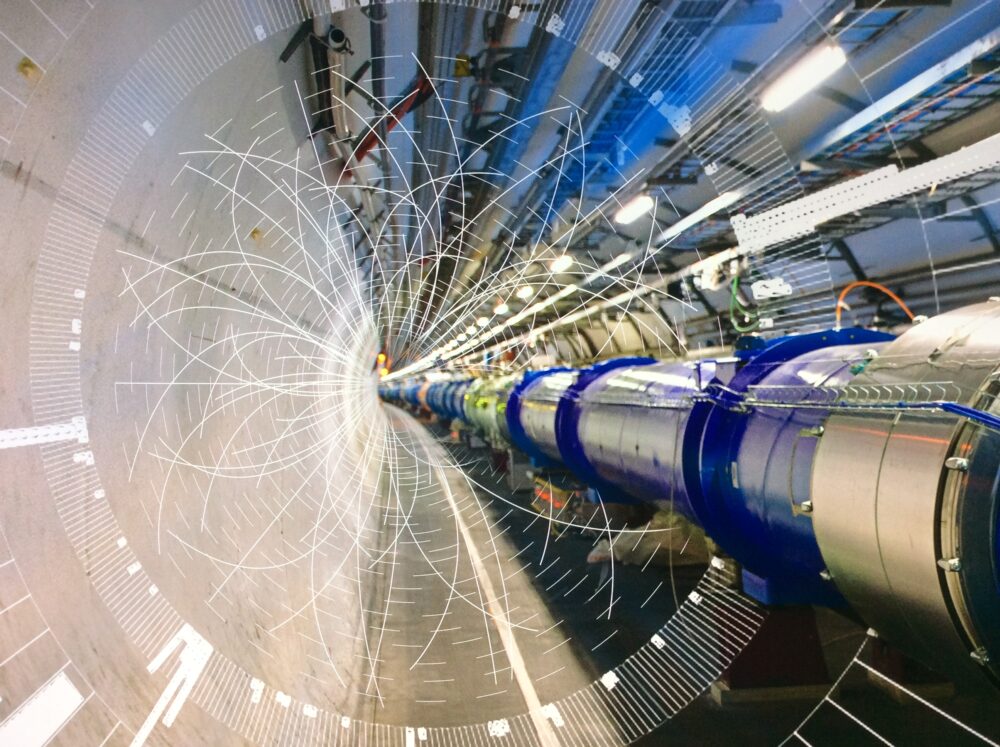
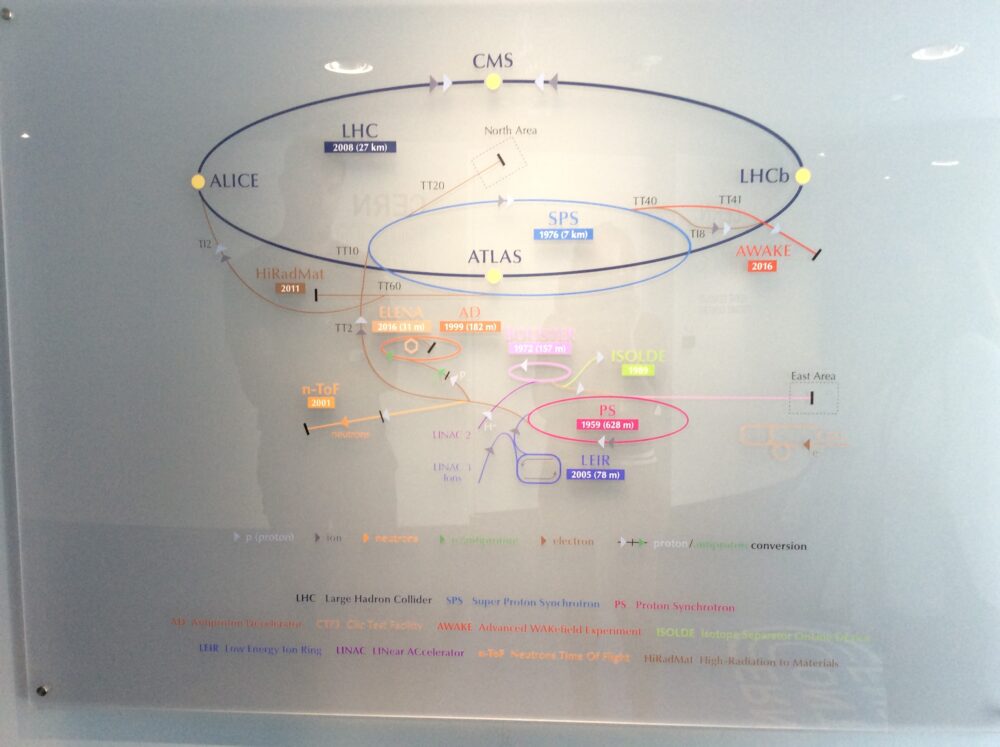
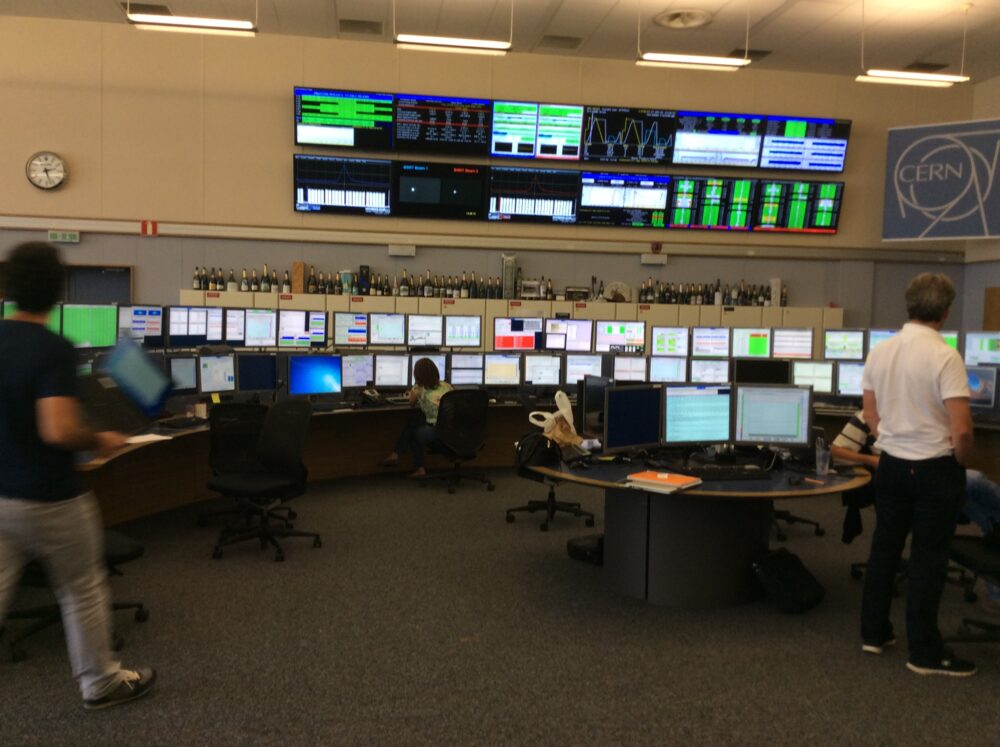
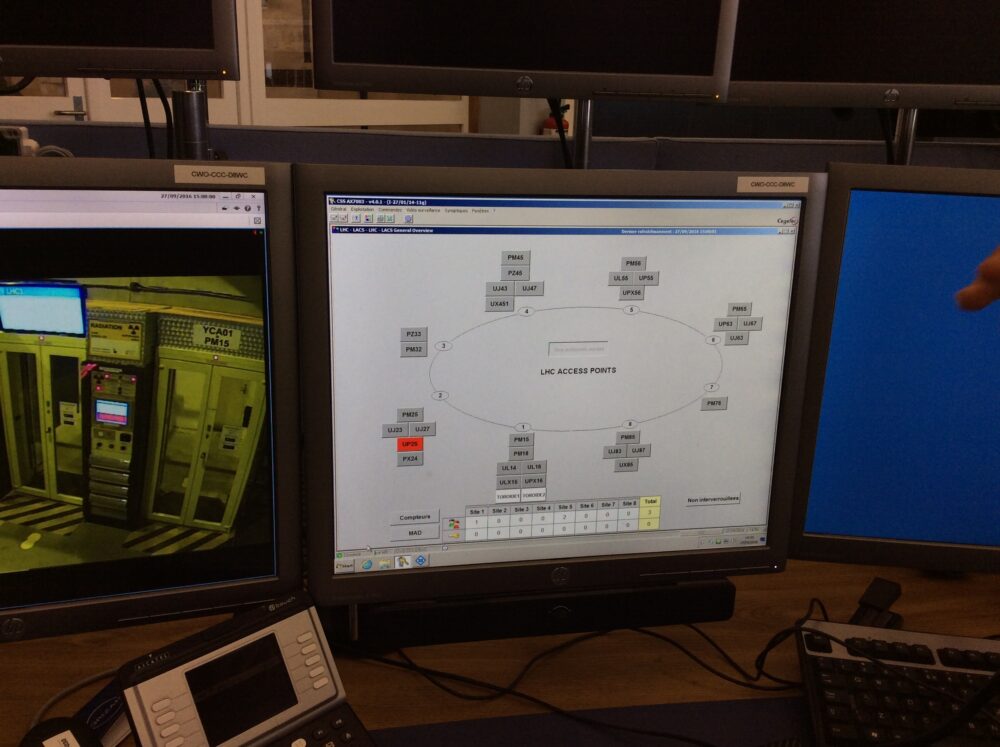
Meeting CERN Theorist Gavin Salam. Fields of Interest: Beyond the Standard Model Phenomenology, Collider Physics, Heavy Ion Physics, QCD, Standard Model Phenomenology.
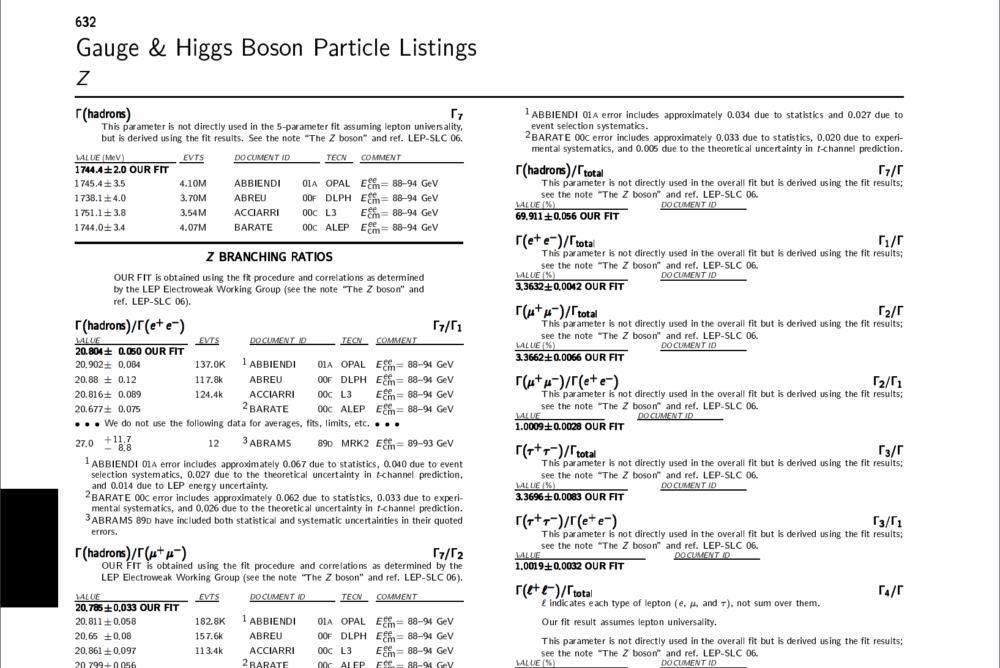
Gavin spoke to me about the triggers in the experiments : there is 4000 collisions per sec, so we cannot stock all the data. Thus there are different triggers that select which data are saved. He told me also about the experiences with other matters instead of protons that can be done : with lead, gold, sulfur, etc.
To conclude, another thing that really interested me was his views about the imbrication of different time scales (strong ordering). Physicist researchers think that we can separate the different phases of a collision as if they took place on different scales of time. It’s as if we were looking at this 1000 year later. To make a representation of that, he took the example of the car accident : collision + door opened by somebody + ambulance. As the time is compressed, we see everything at a time. The difficulty is to separate the causality.
“The Cosmos is the Ultimate Laboratory”
Lecture at the Musée d’Ethnographie de Genève by Samuel Ting, Nobel laureate in physics and head of the AMS experiment.
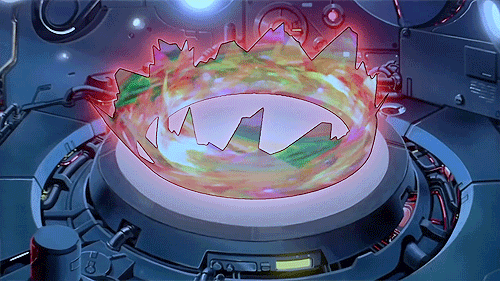
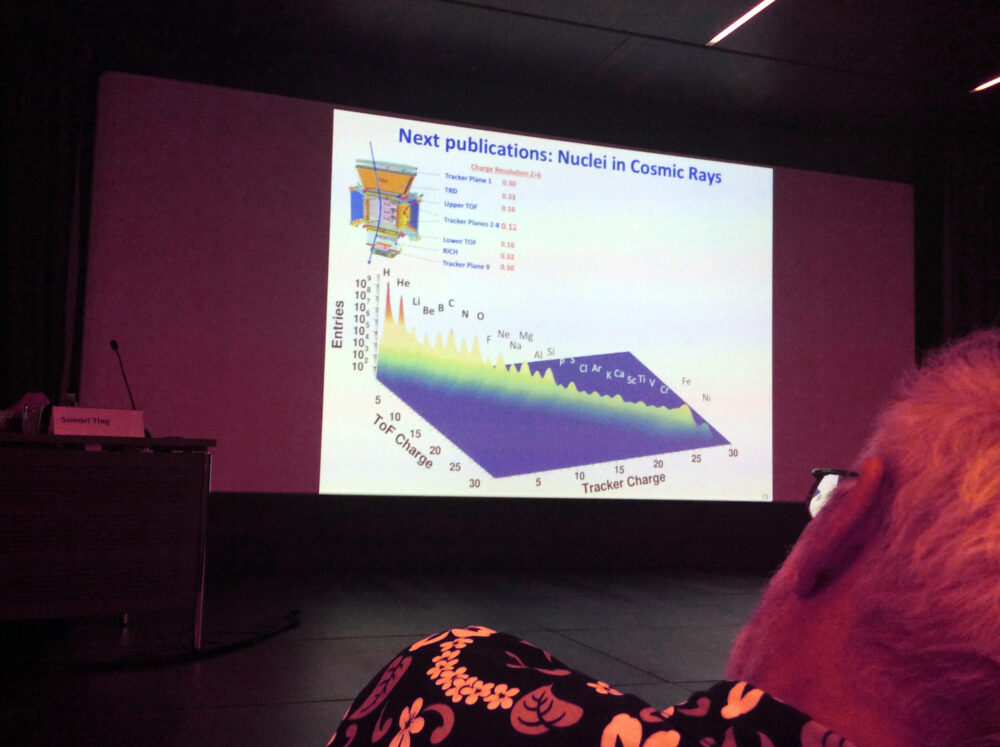
Wednesday 28 September
Visit to ATLAS Visitors Centre with Dr. Tamara Vazquez SchroederThe ATLAS experiment is one of the two largest detectors of LHC, investigating physics like the Higgs boson, dark matter and extra dimensions. Six sub detectors designed as barrel and end caps detect different particles created after the collisions. They cause an enormous dataflow, so advanced trigger and data acquisition and computing system are needed. Toroid magnets bend particles to measure their momentum. Size: 46 m long, 25 m high and 25 m wide. The ATLAS detector is the largest volume particle detector ever constructed. Weight: 7000 tons. 2900 scientists from 172 institutes in 37 countries work on ATLAS. http://public.web.cern.ch/public/en/LHC/ATLAS-en.htmlhttp://atlas.ch/
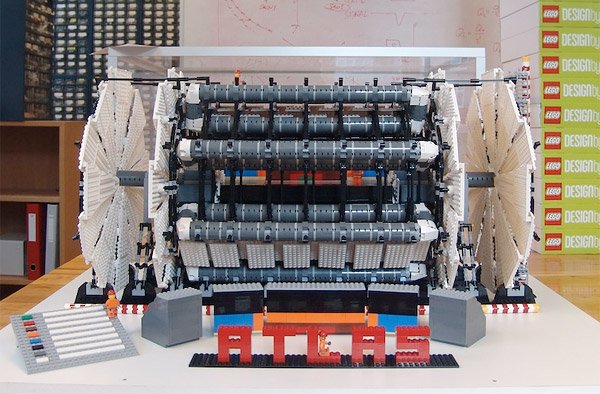
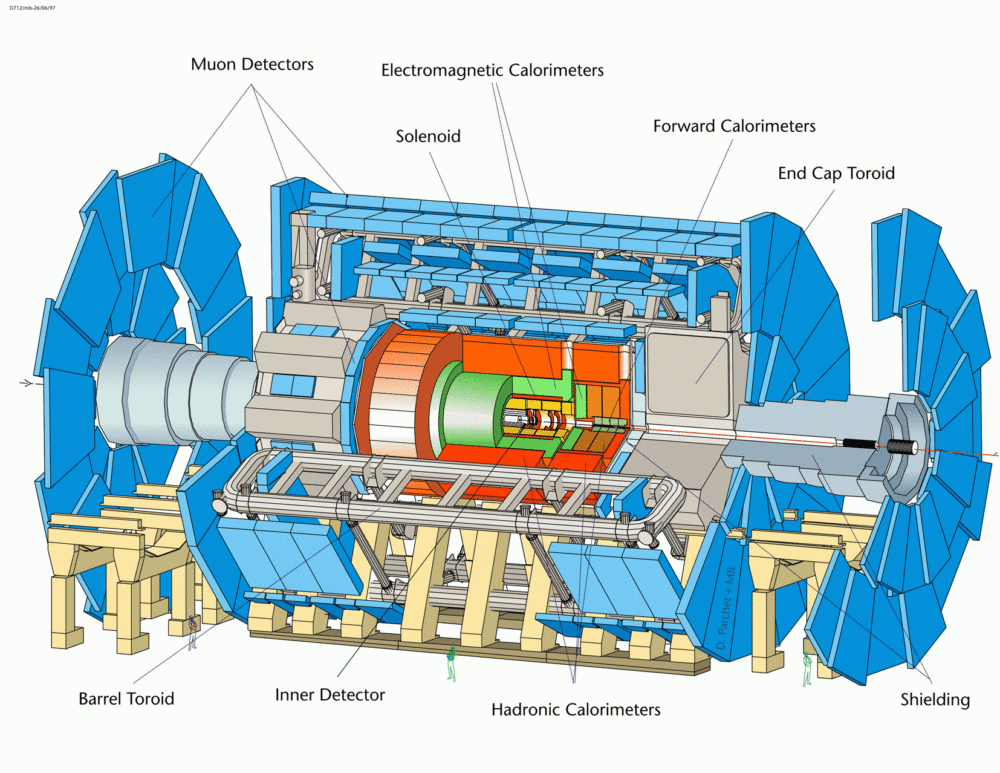
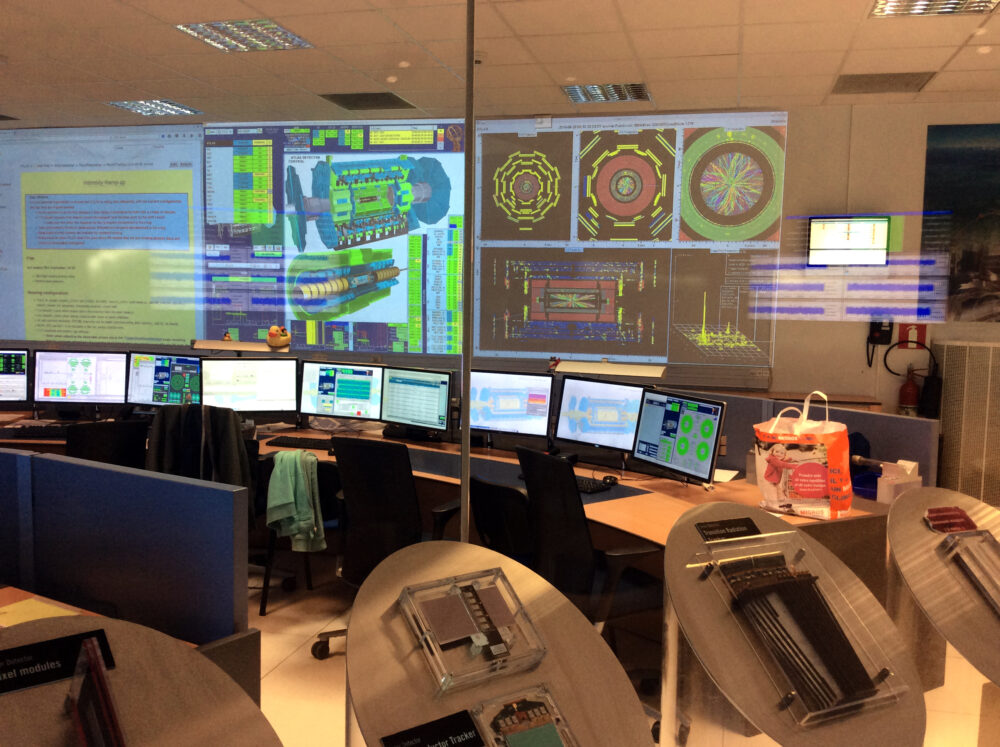
As I was looking for pictures of the ATLAS replica, I found out that LEGO has an approval procedure for the education/outreach projects made with LEGOs, which entails building a community of supporters, in order to pass them under real production : https://ideas.lego.com/projects/21619Sacha continues with the “Built your own particle detector” project.
Visit to AMS with Francesca Giovacchini. Astrophysics at CERNFrancesca is deeply involved in the analysis of the data collected from the AMS-02 experiment, operating in space since May 2011. Within the AMS collaboration, she is the coordinator of the international analysis group committed to the measurement of the isotopic composition of light nuclei (d/p, 3He/4He, Li, Be) in Cosmic Rays (CR) until about 10 GeV/n. The Alpha Magnetic Spectrometer (AMS-02) is a state-of-the-art particle physics detector designed to operate as an external module on the International Space Station. It will use the unique environment of space to study the universe and its origin by searching for antimatter, dark matter while performing precision measurements of cosmic rays composition and flux. The AMS-02 observations will help answer fundamental questions, such as “What makes up the universe’s invisible mass?” or “What happened to the primordial antimatter?

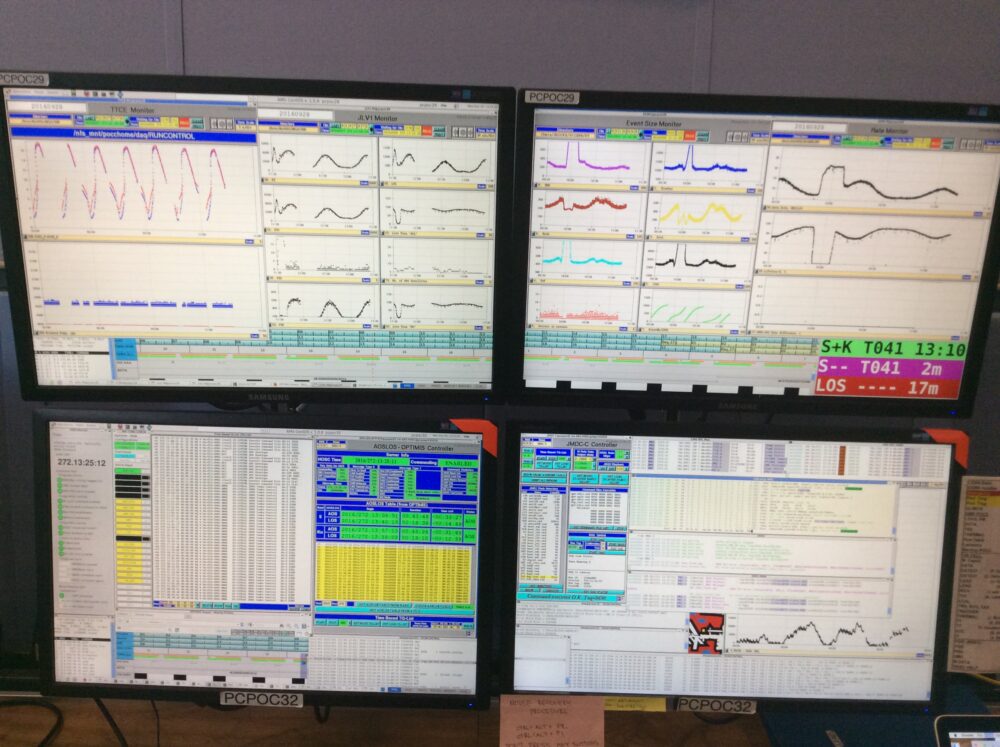
Thursday 29 September
Claire Adam Boudarios, French physicist working on the ATLAS experimentClaire is “parisienne” and works for the Université de Paris Sud, Orsay, where she studied and got her PhD in an underground experiment looking for proton decays – a process predicted by the “Grand Unification” scheme. In the first years of her career she worked and lived in the UK (Oxford), Germany (Wuppertal, Hamburg), Italy (Padova) and of course Paris (le Marais) before settling down at CERN. She is married to an Austrian physicist. Her contribution to the ATLAS experiment spans from detector installation and testing to software and computing, with some interest into supersymmetry. She is currently coordinating the ATLAS outreach group, and in particular the sector of partnerships with artists, media labs and citizen science projects.
Claire spoke about her vision of the science outreach, explaining me that it can be about narrating the human stories behind the scientific research process. I asked a lot of questions about visual representations, for example what kind of visuals scientists use, the representation of science in the Arts, the people’s imaginary of science, etc. The difficulty to make see an invisible universe, and the redefinition of what seeing means. The picture is reconstructed on an electron microscope (that can display the smallest unit currently visible) but on photography also (personal thoughts). We don’t “see” the Higgs boson. Events are debris and traces.
She also spoke to me about the different times that a discovery can take. Previously, physicists could see all steps of an experiment because the manipulations were smaller and faster. Now, we improve the precision and the machines are bigger, everything takes more time. So there are moments that take a lot of time, then suddenly there is a rupture with a discovery that make things accelerate. Then it slows again, etc.
Here are a few links she gave me :STEM + Art = STEAMAgnès Chavez, ATLAS visiting artistLa BD du LHC, par Lison Bernet (in French)
Visit to the Data Centre with Maria DimouMaria Dimou is experienced in most IT service domains through technical roles of responsibility in a range of disciplines during her CERN career since 1988. Interest: Work related to patterns’ analysis, project management and patrimony data preservation, involving physics users, students and general public. In particular, analysis and study of established procedures in view of change evaluation. CERN Computer Center: Approximately 600 million times per second, particles collide within theLarge Hadron Collider (LHC). Each collision generates particles that often decay in complex ways into even more particles. Electronic circuits record the passage of each particle through a detector as a series of electronic signals, and send the data to the CERN Data Centre (DC) for digital reconstruction. The digitized summary is recorded as a “collision event”. Physicists must sift through the 15 petabytes or so of data produced annually to determine if the collisions have thrown up any interesting physics. CERN does not have the computing or financial resources to crunch all of the data on site, so in 2002 it turned to grid computing to share the burden with computer centres around the world. The Worldwide LHC Computing Grid (WLCG) – a distributed computing infrastructure arranged in tiers – gives a community of over 8000 physicists near real-time access to LHC data. The Grid builds on the technology of the World Wide Web, which was invented at CERN in 1989. http://home.web.cern.ch/about/computing
I learnt about the big network around the CERN and the data relay, the strange temperatures in the Data Center (too hot on one side of the machines, too cold on the other side), the volunteer computing. Maria is also involved in an e-learning program.
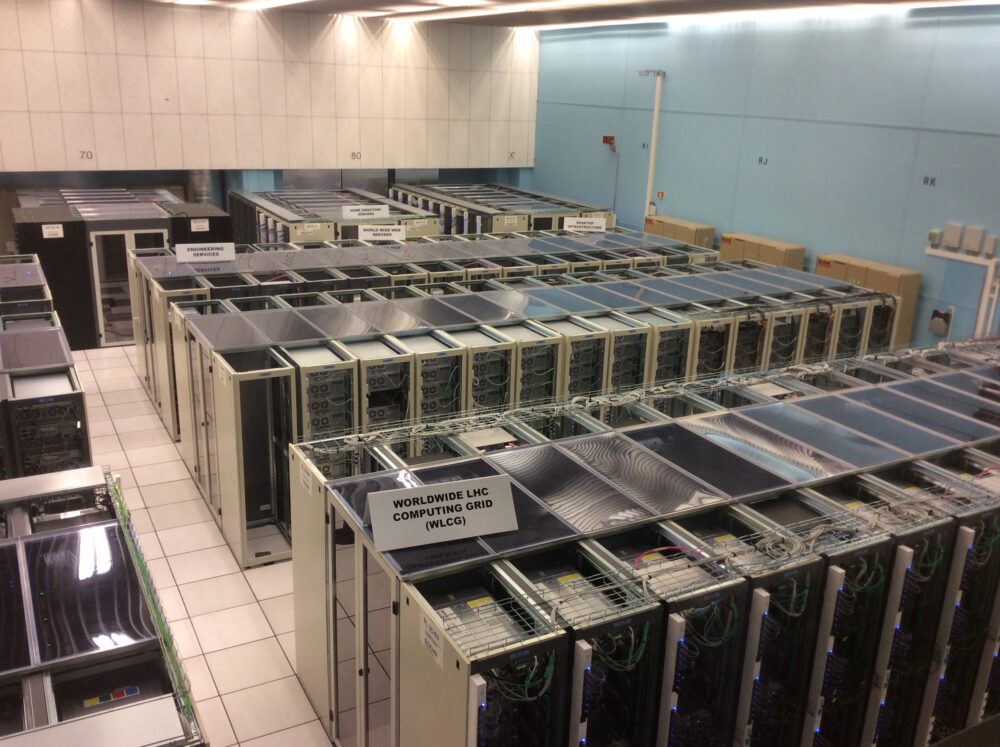
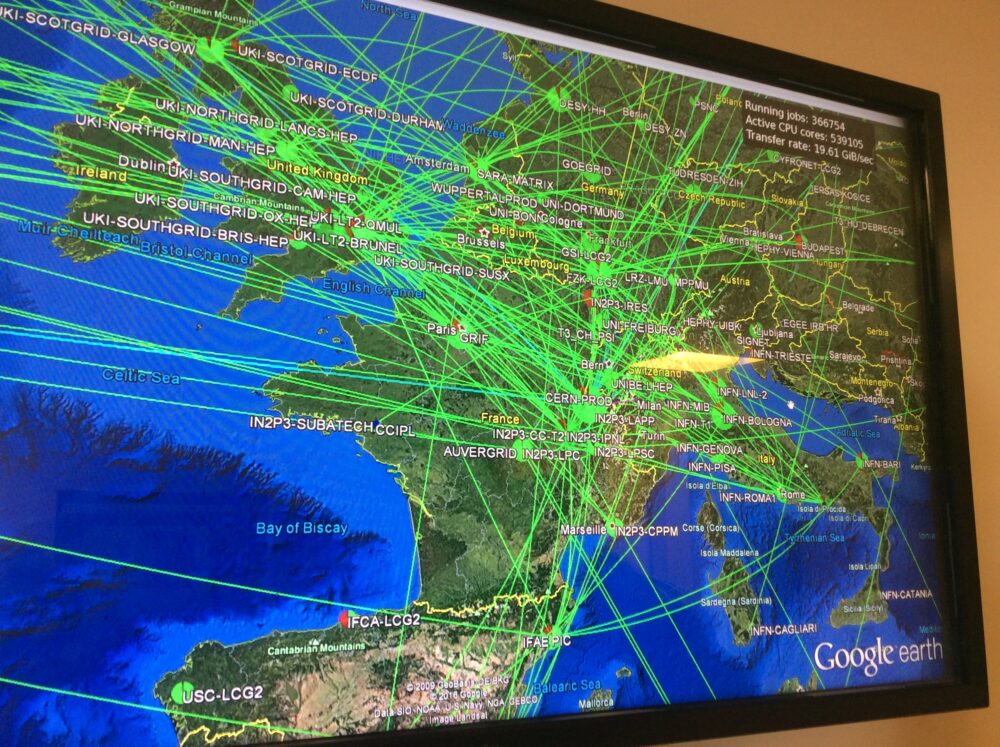
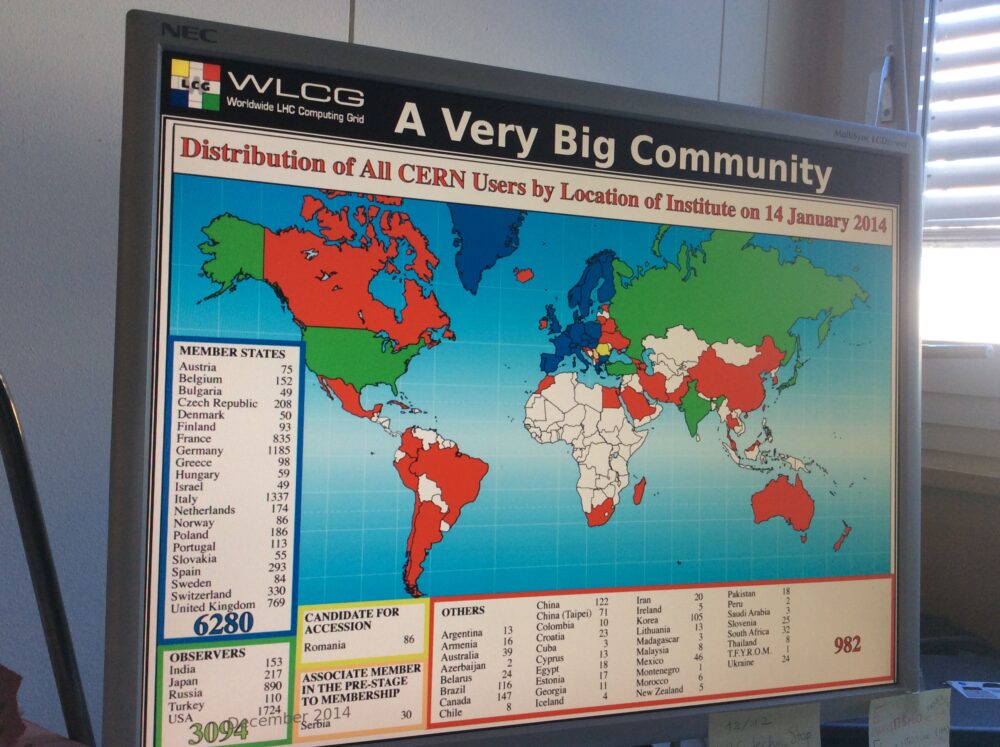
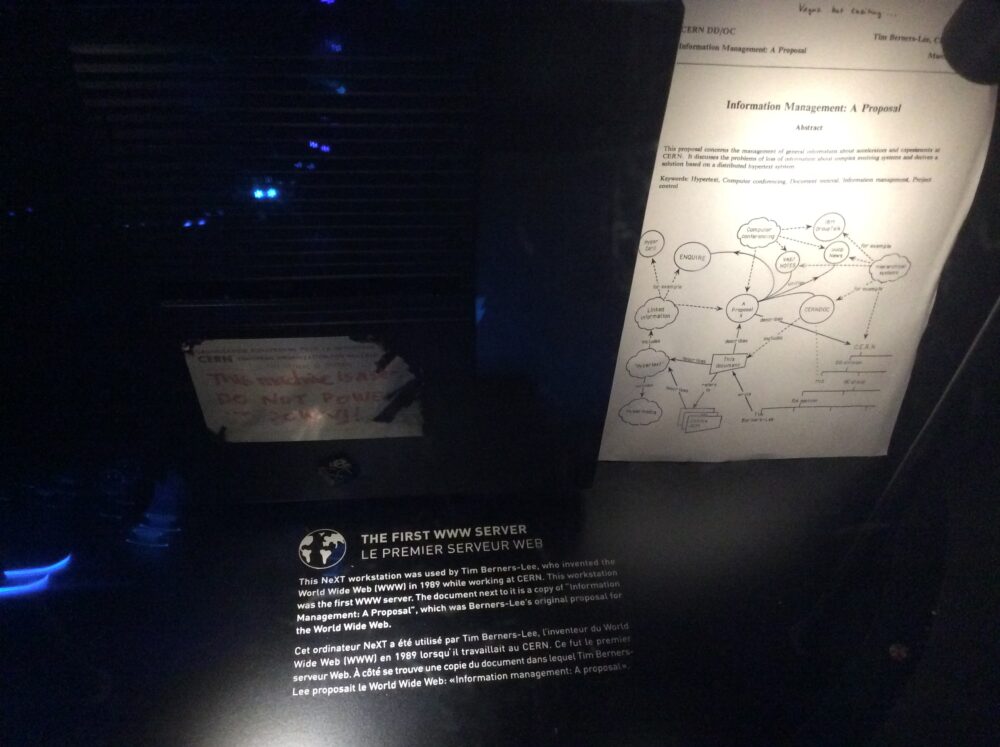
Maria Alandes Pradillo, Software and ComputingMaria Alandes Pradillo has been working at CERN since 2005. She has always been involved in the WLCG project, that is the worldwide computing infrastructure that stores and analyses the data collisions coming from the 4 big experiments in the LHC, that is ATLAS, ALICE, CMS and LHCb. Maria has carried out different functions within the WLCG project. She is currently involved in Operations and also acts as a liaison with the CMS experiment. She is also the responsible for the WLCG Information System that gives information about the computing resources available for physicists. Prior to these roles, she was also involved in release management, testing and configuration of the software used by the WLCG project. This software called middleware is what makes the distributed computing infrastructure appear as a big computational resource for the physicists.
I had in mind what we talked about with Claire this morning, so I asked Maria about the gratification of scientists when a discovery may take more than a human life to appear. She spoke also about the fact of working all one’s life on a subject that occurs to be a wrong track in the end. We also discussed about women at CERN (because I met a lot of women during this induction session), but actually there are much fewer women working at CERN than men, and still fewer if we don’t count those working in the administration. She also told me about the inflation of data in the near future : soon, the LHC will be upgraded to be the HL-LHC (High Luminosity LHC), and we will pass from 25PB per year to 400PB per year! What a data tsunami!
